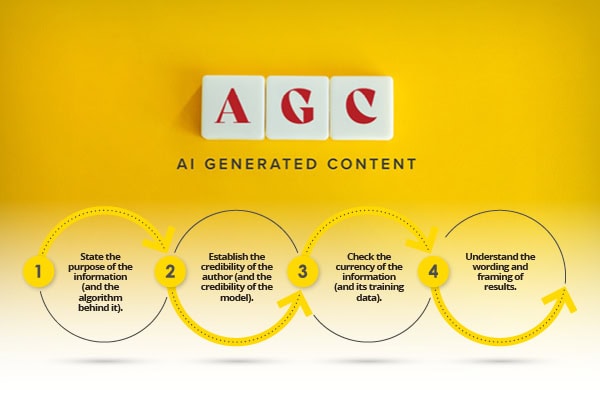The developers of a new climate-centered, open source curriculum focused on land subsidence in California’s Central Valley promise the lessons for 7th graders will be joyful, engaging and rigorous, according to an article in K-12 Dive.
That’s because the developers, ages 12-23, are students themselves and have keen insight into what middle schoolers want to learn and how they connect with information.
“We wanted to incorporate in our design gamifying the curriculum, or something along those lines,” says Katinka Lennemann, a team co-leader and a student at the University of California, Los Angeles, who adds the goal is to make the curriculum interactive and playful. ”Learning should be play.”
The curriculum was developed as a result of a provision in a 2021 state law that appropriated $6 million to the San Mateo County Office of Education for the creation of free and open Climate Change and Environmental Justice Curriculum resources for K-12.
The 7th grade curriculum in the California Central Valley was created by 35 youth and young adults from 17 countries with technical support from Global Nomads, a nonprofit that helps students globally connect and collaborate digitally.
The youth curriculum developers met virtually from January 2023 through June of that year to plan the lessons on how Central Valley’s land has been sinking for the past 100 years. The sinking is due to groundwater there being pumped at a faster rate than it can be replenished, says Lennemann and team co-lead Sophia Bispo, a student at Federal University of Juiz de Fora in Brazil.
The curriculum is being piloted in school districts now and should be ready for wider distribution in early 2025.
Laureen Kuwaye, a 6th grade teacher at Ybarra Academy of the Arts and Technology in Walnut, California, piloted the curriculum at the end of the 2022-23 school year.
Although her students were a year younger than the targeted age group, Kuwaye says the lessons were “right up our alley” since the students were learning to conduct their own research. Additionally, introducing the inquiry-based lessons during science classes felt seamless to Kuwaye.
More importantly, students found the lessons engaging, simple and informative, the teacher says.
The youth designed the 15-hour curriculum to be inquiry-based and presented as a mystery the 7th graders must solve with the help of several digital characters like “Kalani, the environmental historian” and “Jaden, the farmworker rights lawyer.” Each character gives different clues about the Central Valley’s land subsidence based on their careers and experiences, Bispo says.
An important aspect to the curriculum design for the team was making the lessons accessible to all students. Lennemann says feedback from the pilot shows that students from many different backgrounds, such as English learners, are engaging in the lessons.
Courtney Welsh, CEO of Global Nomads, says the youth took the lead in the curriculum design effort. She was impressed by their process and results.
“We’ve always believed in the capacity and capabilities of young people and have leaned really heavily into that,” Welsh says. “I think the fact that they were able to develop within that complicated context to something that is, as they said, sort of joyful and be engaging and playful and deeply rigorous and grounded in academic rigor, I think it’s just extraordinary.”
K-12 Dive





